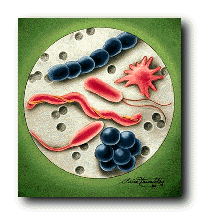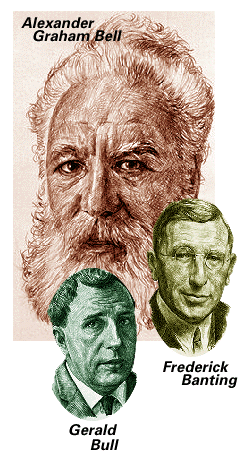
      
� |
In
the Old Testament, we read of the story of Joseph and his
coat of many colours. As the story goes, Joseph is his
father's favourite, making his brothers very jealous.
Joseph is given a multi-coloured coat as a token of his
father's affection. The brothers are subsequently
dispatched to Egypt and on the way, decide to abandon
Joseph and tell their father he's been murdered. The
evidence is the blood-stained coat. Joseph ends up in
Egypt and is thrown in prison. While there, it becomes
known that Joseph can predict the future through the
interpretation of dreams. As it happens, the Pharaoh has
a dream that no one can explain to him. It speaks of 7
fat cattle and 7 lean or sickly cattle. The Pharaoh needs
to know the meaning of his dream. He hears of Joseph's
interpretive powers and summons him for an explanation.
As luck or fate would have it, Joseph correctly
interprets the Pharaoh's dream, telling him that the 7
fat cattle represent 7 abundant years of full, rich
harvests. The 7 lean cattle represent 7 years of famine
and hardship. Joseph
tells Pharaoh that he must plan for the future and store
grain and reserves to prepare for the 7 lean years to
come. As the story goes, Pharaoh heeds Joseph's advice
and his kingdom prospers during the difficult years while
the others suffer greatly. Joseph is richly rewarded and
becomes Pharaoh's most trusted advisor.

Although just a story,
this biblical tale speaks of a natural disaster and also,
proposes a solution for the purpose of overcoming the
problem. During the Jewish Passover service (that which
describes the flight out of Egypt) the ritual describes
the Ten Plagues, those being: Blood, Frogs, Insects,
Flies, Cattle Disease, Boils, Hail, Locusts, Darkness,
Slaying of the First Born. The "plagues"
represent disasters of the day, blights that made
everyday life a misery and worse.
Throughout history,
humankind has suffered through all manner of disaster,
those that were natural, man-made or individual. Somehow,
we've managed to avoid extinction, more perhaps through
luck than ingenuity. The world's problems, however, are
increasingly complex and more difficult to reverse. Thus,
it requires a collected effort to have any impact at all.

The purpose of this
teaching unit is to have students identify significant
problems that may relate to environment, human conflict,
socialinjustice or poverty for example. The final project
will culminate in students working in teams to design
and/or build an invention that will help alleviate a
particular problem or design and implement a public
awareness campaign about an important issue.
This project is most
appropriate for Grades 4+, but can be tailored to lower
grade levels if desired.
|



